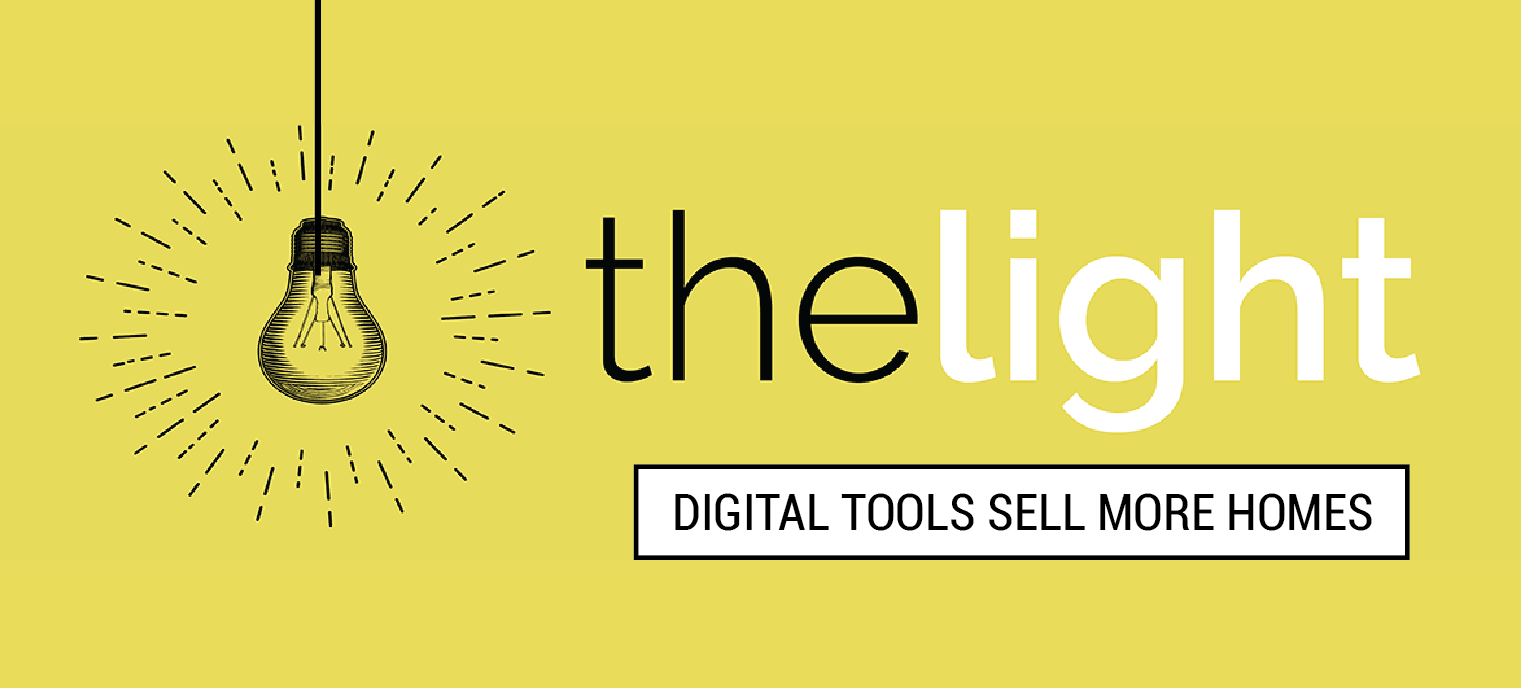New home shopping tools help deepen engagement and establish trust and emotional connection, overcoming large hurdles to selling homes online.
In December 2022, members of the New Home Trends Institute spoke at and attended the Housing Transformation Summit in Seattle, where attendees learned about recent successes in innovative digital solutions for virtual model homes and design centers. As the home purchasing process moves online, the importance of the quality of digital tools and virtual experiences increases. Differentiating product offerings by embracing technology is essential and gives homebuilders a leg up in a tough housing market.
Here are five tips we took away from the summit.
Tip 1: Invest in great images.
According to BoxBrownie.com, a company offering visual property marketing services, buyers spend 60% of their time looking at images, compared to text copy and other ad elements.i Use high-quality 3D floor plans and photorealistic renderings over text-based construction plans to help customers better visualize layouts.

Tip 2: Take advantage of the flexibility of virtual.
Physical model homes limit the number of finishes they can display, but it’s easy to create different versions of a virtual home tour in order to appeal to a variety of customers. Interactivity plays a big role in deepening engagement—for virtual design centers, this means being able to change finishes, flooring, etc., as customers become more emotionally invested when they’re able to customize to their liking.

Tip 3: Simulated situations appeal to consumer emotions.
Interactivity creates emotional connection by allowing buyers to engage with their future home. Consider the following examples, per Anewgo, for ways to differentiate:
- Include audio in video tours—if the home or community is near the beach, the sound of waves or seagulls can complement a virtual tour.
- Simulate light change throughout the day so customers can see how natural light comes into various rooms throughout the home.
- Show the changing seasons so buyers can envision what their yard will look like in the summer or winter.
- Walk buyers through the community to illustrate streetscapes and showcase amenities.
Tip 4: Create price transparency.
Consumers usually begin—and sometimes even complete—their home shopping journey online. Taylor Morrison and other builders now offer customers a host of virtual home buying options, from 3D tours that “help home shoppers get the lay of the land” before visiting in person, to making online home reservations where customers can design their home, put it in a “basket,” and reserve it.
In addition to helping customers envision how their finish selections will come together, Aareas Interactive’s virtual design center displays real-time pricing information and calculates the mortgage impact of finish and options selections, putting price transparency at the forefront, which helps to decrease buyers’ concerns about unforeseen costs and affordability.

Tip 5: Supplement the limitations of digital.
Fulton Homes embraces technology with their online design tools, but also understands that virtual design centers don’t work well for all design elements. Take granite, for instance: a virtual sample may not adequately display variations in veining (and colors don’t always translate well on screen). So, to complement their digital design tools, they operate a physical design center where customers can view large sample slabs to get a more accurate idea. Fulton Homes also hosts “Browse Nights” for buyers to view options—appliances, cabinets, flooring, and more—in a built setting.
To learn more about how technology continues to shape consumer preferences and purchase behaviors, please contact the New Home Trends Institute.
i BoxBrownie.com: https://www.boxbrownie.com/residential-renders.

